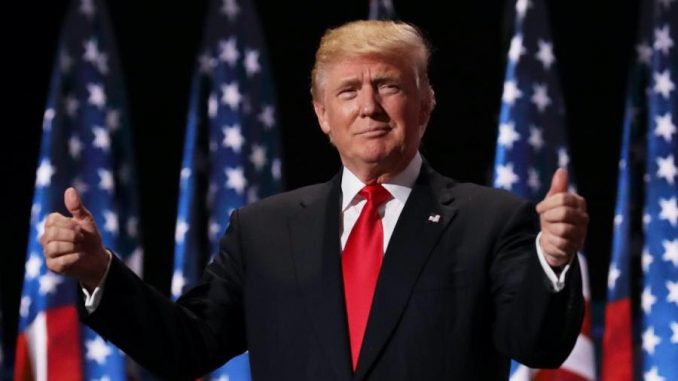
(Bloomberg) —
The U.S. jobless rate may still be in the double digits when President Donald Trump stands for re-election in November, said a White House economic adviser and a regional Federal Reserve president.
While jobless data are a lagging indicator, business activity is already close to an “inflection point” toward recovery, White House aide Kevin Hassett said on CNN’s “State of the Union” on Sunday.
The job market, as shown by unemployment figures, is “probably about a month away” from that point, Hassett said. The jobless rate is likely to peak above 20%, he said.
Eric Rosengren, president of the Boston Fed, said the unemployment rate would remain over 10% through 2020, risking a “severe outcome” in the labor market over time.
The insured unemployment rate, or the number of people currently receiving unemployment insurance as a share of the total eligible labor market, rose to 17.2% in the week ended May 9, according to the latest Labor Department report.
“We’re going to see more bad data,” Hassett said. If glitches that marred last week’s data are fixed, the U.S. could “end up with a number north of 20% in May.”
People’s fear of contracting the virus and the absence of a vaccine are likely to weigh on the economy into the fall, Hassett said, though he expressed confidence that it’ll “skyrocket” back in the third quarter after record-setting losses in the second quarter, citing a Congressional Budget Office forecast.
Double Digits
Asked if he sees the unemployment rate in the double digits in November, Hassett said: “Yes, I do.”
His view was echoed by Rosengren, currently the longest-serving Fed policy maker, who said he expects the unemployment rate to remain above 10% through 2020.
“Unfortunately I think it’s likely to be double digit unemployment through the end of this year,” Rosengren said on CBS’s “Face the Nation.”
“Full employment — getting back to the low level of unemployment we saw at the end of February — probably takes either a vaccine or other innovations that make it much less risky to go out,” Rosengren said.
Hassett said that with months “all the signs of economic recovery are going to be raging everywhere,” consistent with his view of a strong rebound in the quarter that starts in July.
Joblessness Recedes Slowly
“The only thing we’re going to be debating as economists” is how quickly output will return to where it was before the pandemic, Hassett said.
“Unemployment will be something that moves back slower,” Hassett said. “It could be better than that, but you’re going to be starting at a number in the 20s and working your way down. So of course you could not be back to full employment by September or October. If there were a vaccine in July, I’d be way more optimistic.”
With Congress debating a possible fourth economic stimulus bill, Hassett accused Democrats of backing “absurd” requests for aid to local and state governments that he said are seeking “radically more money” than their expected budget shortfalls related to the virus crisis.
“There’s a lot of money for the states already,” and “I don’t know” whether a needs analysis will support the Democratic-led forecasts, he said.
Rosengren, though, said that a long stretch of double-digit unemployment risks “a much more severe outcome in labor markets over time” and that “additional fiscal policy” will be needed.
*story by Bloomberg